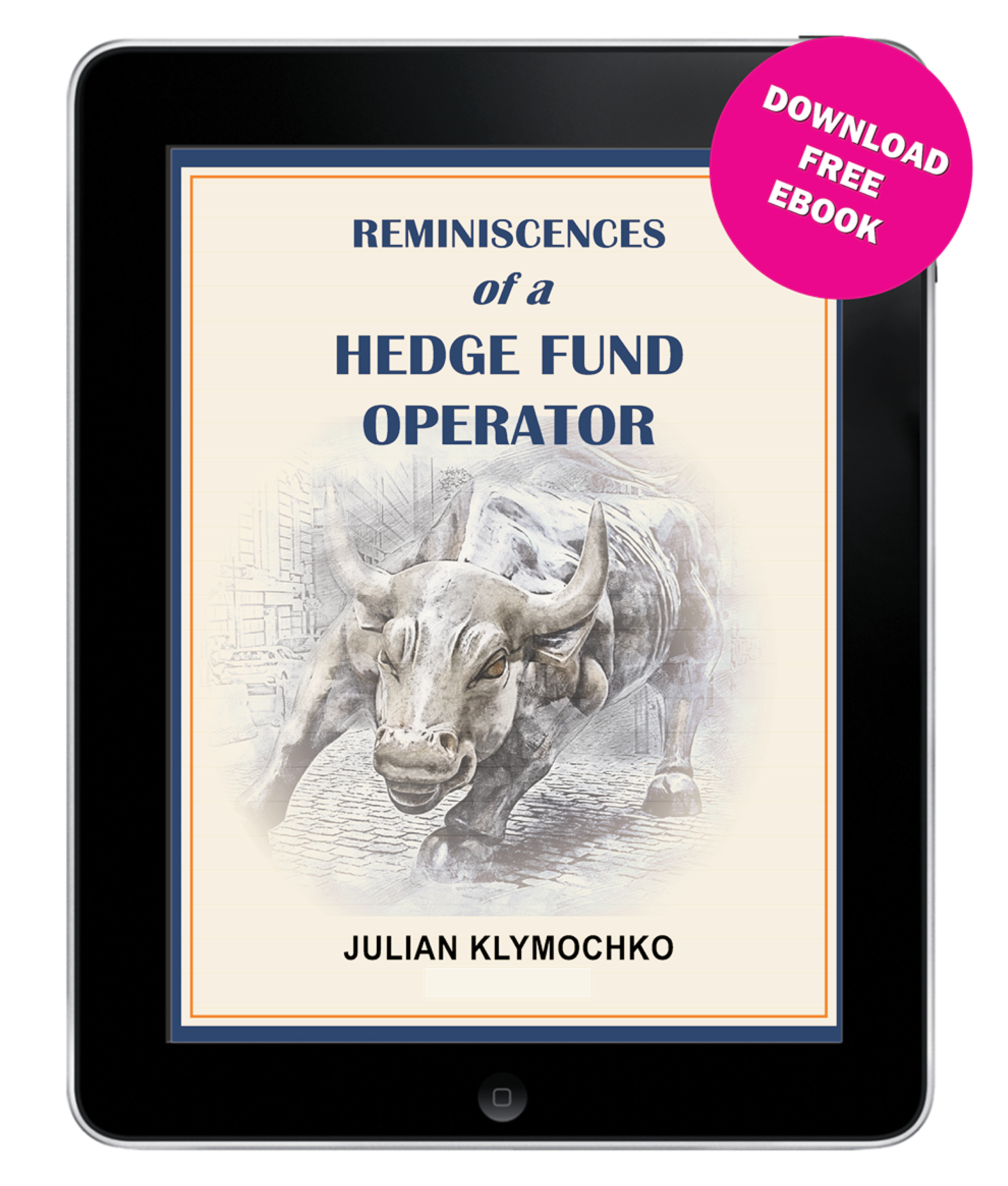June 17, 2020 – There are formative events that occur in every person’s life that shape who they are as a person. Those who lived through the great depression go on to favour frugality. Those who survived an accident participating in extreme sports tend to dial down their risk levels. And those who pull through a health scare generally proceed to live a healthier lifestyle.
The coronavirus pandemic will affect us for years to come. Whether it be mask-wearing, social distancing, or consistent diagnostic monitoring, our collective behaviour may be modified for the foreseeable future.
The great corona-panic of March 2020 will be seared into the minds of investors for the rest of their careers. The panic-driven market plunge in the first quarter of the year represented the swiftest bear market decline from an all-time high on record. Black Thursday, the global stock market crash that occurred on March 12th, 2020, saw the largest drop in U.S. stock prices since that fateful Monday in 1987. Canadian equities experienced their biggest plunge since 1940. The so-called “fear index”, the VIX, skyrocketed to its highest level of all-time. Given the shock that we all just experienced, both health risk and market risk remain at the forefront of investors’ minds.
While pharmaceutical researchers worldwide intensely search for a coronavirus vaccine to minimize the risk of death, investors should take heed of the current alternatives available to vaccinate a portfolio against the effects of the coronavirus and reduce investment risk.
Searching for a Vaccine
Granted that no investment solution could perform under every scenario, we believe that arbitrage is an excellent diversification tool to reduce the risk and volatility within an investment portfolio.
I previously wrote ad nauseam on the benefits of merger arbitrage, specifically in the piece titled “5 Reasons Why Merger Arbitrage Is A Must-Own Investment Strategy”.
In addition to merger arbitrage, there is another very similar form of arbitrage that is becoming much more popular these days, SPAC arbitrage.
I wrote the guide to SPAC arbitrage in a previous piece titled, “The Art Of SPAC Arbitrage”.
SPAC is an acronym for special purpose acquisition company. Also known as a “blank-check company,” a SPAC is a cash-rich shell company that raises money from investors in an initial public offering and seeks to acquire a private company in a business combination over a fixed time period. Simply stated, it serves as a vehicle to bring a private company to the public markets. The SPAC market has grown considerably over the past few years, and now represents a $33 billion asset class.
The key aspect to SPAC arbitrage is that a blank check company offers investors the ability to redeem at the underlying net asset value, being the IPO proceeds plus accrued interest, upon consummation of a business combination. This redemption mechanism provides investors with a baseline yield. In addition, if a SPAC announces a business combination in which the market deems attractive, the stock will trade above its net asset value, granting excess returns to SPAC arbitrageurs.
The unique structure of SPACs offers investors the potential to earn equity upside combined with the risk profile of treasury bills.
SPACs as PPE (Portfolio Protection Equipment)
As the worldwide pandemic hit markets hard in March, investors were left with plunging portfolios. The S&P 500 declined -35% while the TSX dropped -38%. Investors tried to find respite in bonds, but even the global bond portfolio experienced a nearly -10% drawdown, with significant volatility.
Investors typically hold bonds for their safety, however, even bonds were infected by the coronavirus. The Bloomberg Barclays Global Aggregate Bond Index suffered a -9% peak-to-trough drawdown in March.
While most asset classes were adversely affected by the volatility, SPACs were one of the few asset classes that outperformed traditional stocks and bonds during the COVID-19-driven bear market.

Source: Accelerate, Bloomberg
Year-to-date through May, bonds (as indicated by the Bloomberg Barclays Global Aggregate Bond Index) returned 2.1% with a volatility of 7.7% and a peak drawdown of -8.8%.
Over the same timeframe, the SPAC universe (as indicated by the Accelerate SPAC Index) returned 3.8% with a volatility of 5.3% and a peak drawdown of just -6.6%.
Throughout one of the most volatile markets in history, SPACs not only outperformed supposedly safe bonds by 170 basis points but did it with 31% less volatility and a 25% lower drawdown.
In addition to far superior risk-adjusted performance over the pandemic, the other key aspect of an allocation to SPACs is the correlation (or lack thereof). Year-to-date, SPACs have had a -0.37 correlation with bonds and a -0.58 correlation with stocks. That, ladies and gentlemen, is what we like to see for a diversified portfolio.
SPAC – Superior Portfolio Allocation for Coronavirus?
Do not let a good crisis go to waste. Bonds may not be there to save your portfolio in the next bear market. Investors should always consider adding uncorrelated assets to their portfolio to reduce risk and volatility.
SPACs may be the vaccine needed to protect your portfolio from the next bear market.
-Julian



